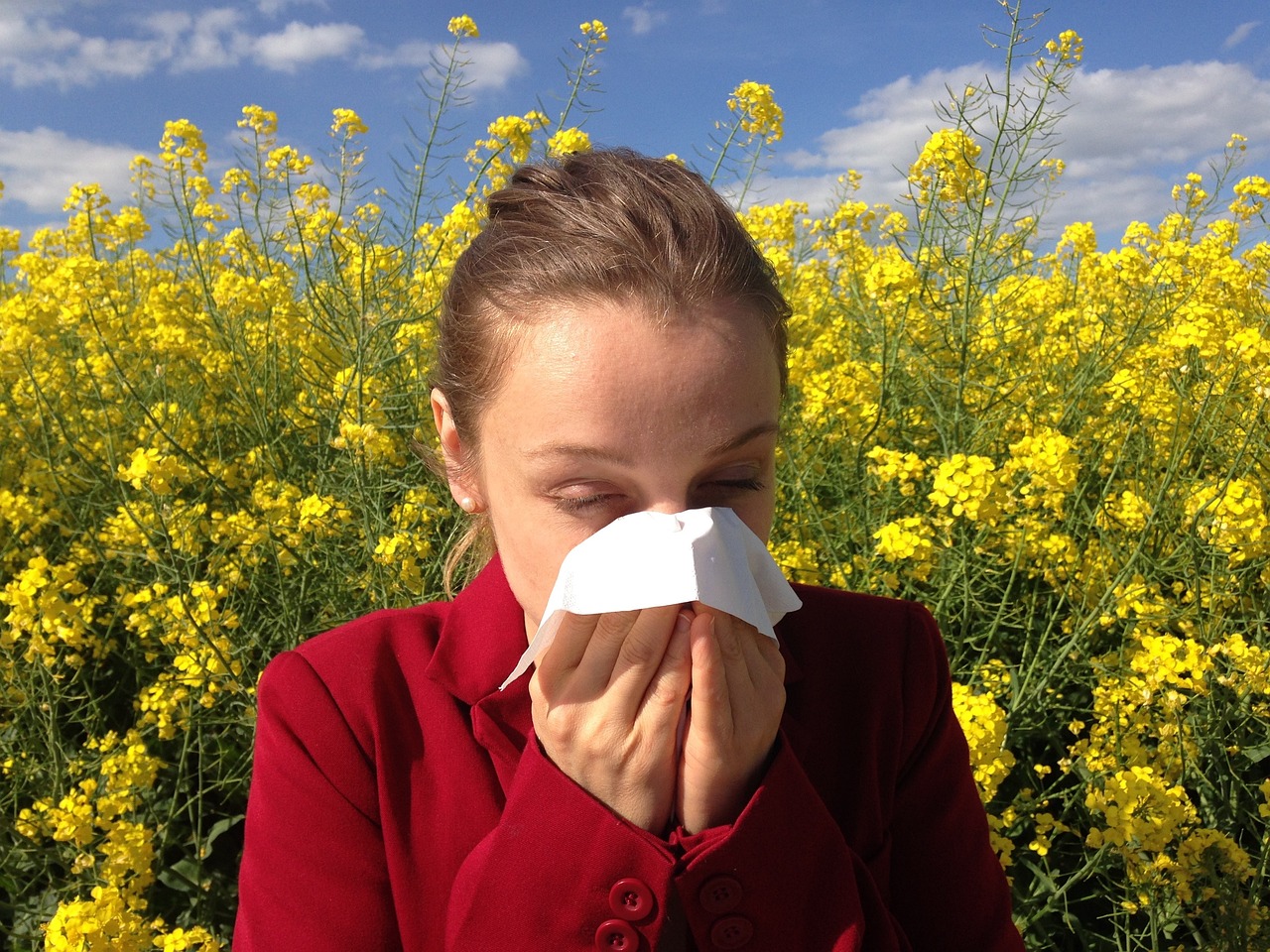Tips for an allergen-free home

Your home is your sanctuary. It is a place where you can relax and escape from the hustle and bustle of the outside world. But what if it is also a hotspot for allergens? Allergens, which are substances that cause allergic reactions, can lurk in various corners of your home, causing discomfort and health issues for you and your loved ones. In this comprehensive guide, we will walk you through some crucial steps to create an allergen-free home.
1. Understanding Allergens
Before you can effectively eliminate allergens from your home, it is vital to understand what they are and where they come from. Allergens are typically harmless substances that trigger an allergic response in those with sensitive immune systems. They can come from a variety of sources including dust mites, pet dander, mold spores, and even certain types of food. This section will delve into the most common types of allergens found in homes and how they can affect your health.
Dans le meme genre : Growing herbs indoors
Dust mites are microscopic creatures that thrive in warm, humid conditions. They feed on dead skin cells and are commonly found in bedding, upholstered furniture, and carpets. Dust mite allergens can cause a range of symptoms, including sneezing, runny nose, itchy eyes, and even asthma.
Pet dander, another significant allergen, is composed of microscopic flecks of skin shed by animals with fur or feathers. For individuals with allergies, exposure to pet dander can cause an array of uncomfortable symptoms.
Cela peut vous intéresser : Tips for saving water at home
2. Regular Cleaning
Regular cleaning is the cornerstone of maintaining an allergen-free home. By removing allergens at their source, you can greatly reduce the frequency and severity of allergic reactions. This section will guide you on the best cleaning practices to effectively reduce allergens in your home.
Vacuuming is perhaps the single most effective method for removing allergens, particularly dust mites and pet dander, from your home. It is crucial to vacuum regularly, ideally at least once a week. Make sure to use a vacuum with a HEPA filter as they are designed to trap small particles like allergens.
Wash your bedding regularly in hot water to kill dust mites and remove allergens. It is recommended to do this at least once a week. Also, consider using allergen-proof covers on your mattresses, box springs, and pillows to prevent dust mites from settling in.
3. Controlling Humidity
As most allergens, including dust mites and mold spores, thrive in humid environments, controlling the humidity levels in your home is an effective way to limit their growth. This section will detail how to maintain appropriate humidity levels in your home.
One of the simplest ways to control humidity is by using a dehumidifier. These devices reduce the amount of moisture in the air, making it less hospitable for allergens. Also, make sure to fix any leaks in your home that can lead to excess moisture.
4. Limiting Pet Access
While pets bring joy and companionship, their dander can cause allergic reactions. Limiting your pet’s access to certain areas in your home, particularly your bedroom, can significantly reduce the amount of pet dander you are exposed to.
Regular grooming can also help control the amount of dander your pet sheds. Make sure to bathe and brush your pet regularly. If possible, ask a non-allergic member of your household to perform these tasks to avoid unnecessary exposure to pet dander.
5. Allergen-Proofing Your Home
Allergen-proofing your home involves making specific changes to your home environment to limit your exposure to allergens. This can include installing air purifiers, switching to hypoallergenic products, and even altering your landscaping.
Air purifiers can capture airborne allergens and remove them from the air. Make sure to choose one with a HEPA filter, as they can trap the smallest particles, including most allergens.
Switching to hypoallergenic products, such as detergents, bedding materials, and even personal care products, can also help reduce your exposure to allergens.
When it comes to your yard, opt for low-allergen plants. Some plants produce fewer pollens, which are common outdoor allergens.
Eliminating allergens from your home may seem like a daunting task. But with these effective strategies, you can create a healthier and more comfortable living environment for you and your loved ones. Remember, the key to maintaining an allergen-free home is consistency in implementing these practices.
6. Food Allergens Management
When considering allergens in your home, it’s crucial not to overlook food allergens. These can come from a variety of sources like nuts, dairy, and gluten. Managing food allergens requires careful attention to what you bring into your kitchen.
When shopping, always read labels for possible allergens. Many packaged foods contain allergens such as peanuts, milk, and eggs, which are common triggers for people with food allergies. Even foods that do not contain these ingredients may have been processed in a facility that also processes allergenic foods, potentially leading to cross-contamination.
Developing a habit of thorough kitchen cleanliness can also aid in managing food allergens. Frequently clean all surfaces, utensils, and appliances that come in contact with food. Even a small amount of an allergenic food can induce a reaction in sensitive individuals.
Also, consider adopting separate cooking utensils and cutting boards for foods that someone in your household is allergic to. This could help prevent accidental cross-contamination.
7. Healthier Lifestyle Choices
A great way to reduce the effects of allergens in your home is by boosting your immune system through healthier lifestyle choices. Regular exercise, a balanced diet, and adequate sleep can all contribute to a stronger immune system that is better equipped to handle allergens.
Physical activity is known to help boost the immune system and can contribute to overall better health. Aim to incorporate at least 30 minutes of moderate-intensity exercise into your routine most days of the week.
A balanced diet filled with fruits, vegetables, lean proteins, and healthy fats can provide the necessary nutrients your body needs to support a healthy immune system. Also, staying well-hydrated can help to flush toxins from your body.
Sleep is another crucial factor in maintaining a healthy immune system. During sleep, your body produces certain substances that help bolster your immune system. Adults should aim for 7 to 9 hours of quality sleep per night.
Conclusion
Creating an allergen-free home is a doable task with a bit of knowledge and consistency. Understanding allergens, maintaining regular cleaning, controlling humidity, limiting pet access, allergen-proofing your home, managing food allergens, and making healthier lifestyle choices can all contribute significantly to reducing allergens in your home.
Remember, the aim is not necessarily to eliminate every single allergen from your home, but to create an environment that reduces the likelihood and severity of allergic reactions. It’s about making your home a comfortable, safe haven where you and your loved ones can relax and thrive.
The journey to an allergen-free home requires dedication and consistency, but the rewards of a healthier, more comfortable living environment are well worth the effort. Start with small changes and gradually incorporate more until they become a part of your regular routine. The key to success lies in your persistence and commitment to a healthier home and lifestyle.
